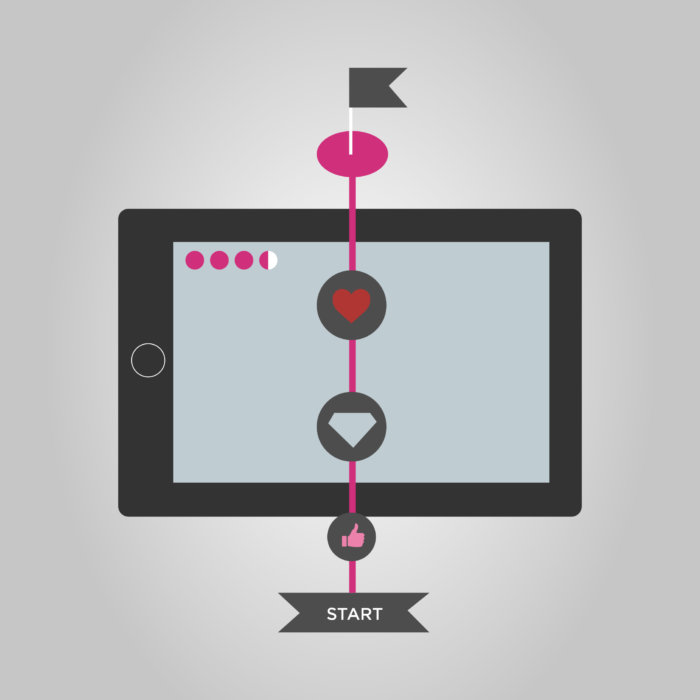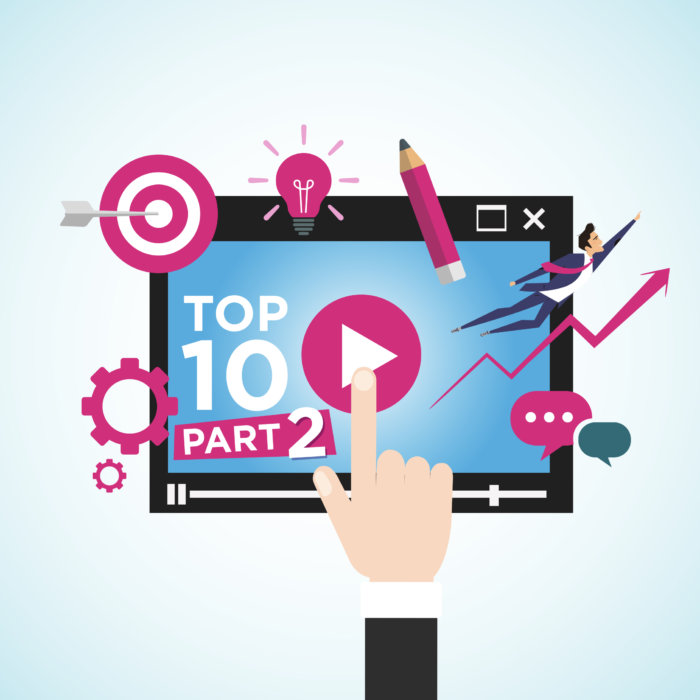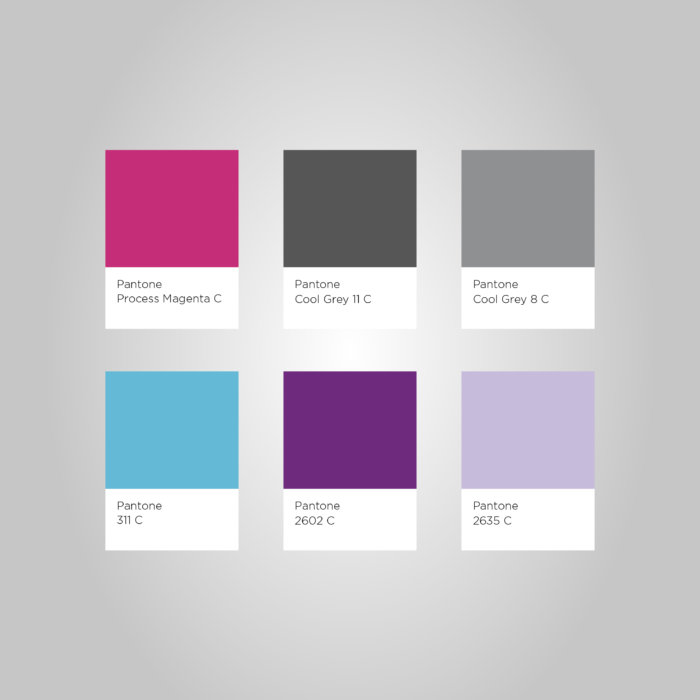A new Ofcom report found that we now make three times more calls on mobiles than landlines and the tipping point for internet access was also passed some time ago. According to a 2018 study by Stone Temple, nearly two thirds (63%) of website visits were made on mobile rather than desktop in the US, with similar patterns present in the UK.
Some activities are also far more popular on smartphones than laptops and desktop computers. We Are Social reports that around nine in ten of the 3 billion people who use social media each month do so on their mobile devices. Facebook said an even higher figure, with 95.1% of users accessing the platform via smartphones and tablets – although 31.8% did use laptops and desktops as well.
That’s a lot of content being consumed through mobiles, whether it takes the form of videos, animations, written copy, interactive PDFs or any other format. Small screens increasingly equate to big business but, despite this increasing shift towards mobile, the user experience (UX) is not always optimised. It used to be the case that many designers would simply tweak and shrink down their desktop websites and content, or use a responsive design that adapted to the device it was being viewed on. Consumers are increasingly demanding in the UX they expect on their mobiles; however, this means a mobile-first approach is often the best to take.
All sites and apps are different cases, there is no one-size-fits-all approach, even when designing with a specific screen size in mind.
There are some critical mobile UX design principles to keep in mind including:
- Focus on key user goal
- Cut the clutter and keep things clean
- Use big, easily identified and interactive buttons
- Break tasks, sections, and content into bite-sized chunks
- Keep the need for typed input to a minimum
- Use single rather than multiple columns
- Place controls where they can be easily used with fingers and thumbs
The way we use mobile devices differs from the way we use laptops and desktops, so, by designing with this fact in mind, you can provide your customers with the best possible UX for mobile.
If you think you could have a better mobile experience for your users then get in touch!










Recent Comments